
Introduction to Lou Gehrig’s disease
The medical name of this condition is amyotrophic lateral sclerosis. It is also called Lou Gehrig’s disease after the famous baseball player who played for the New York Yankees and was diagnosed with this disease in 1939. He died from the consequences of this disease in 1941. Stephen Hawking, the renowned physicist and cosmologist, also has this disease.
Amyotrophic lateral sclerosis is a form of motor neuron disease. It is a progressive, neurodegenerative disease caused by the deterioration of motor neurons, the nerve cells in the central nervous system that control one’s voluntary muscle movement. It causes muscle weakness, disability, and eventually, death.
Causes
Doctors do not yet know what the actual cause of this disease is, but it is believed that the genetic factor plays a vital role in about ten per cent of the cases. Also, free radicals are thought to be one of the causes. The inherited form of ALS often involves a mutation in a gene accountable for producing a strong antioxidant enzyme that protects the body’s cells from damage caused by free radicals.
Glutamate is, too, a possible cause, while it is known to harm some nerve cells. Glutamate is a chemical messenger in the brain, but people who have ASL have been proven to have higher levels of this substance in their spinal fluid.
Symptoms
Lou Gehrig’s disease often begins with muscle twitching and weakness in an arm or leg, or with slurring of speech. Eventually, this condition affects one’s ability to control the muscles needed to move, speak, eat and breathe.
The earliest symptoms may get easily overlooked. Early signs of this condition are: hand weakness or clumsiness, muscle cramps and twitching of the tongue, arms or shoulders; weakness in feet, ankles or legs; slurry speech accompanied by difficulties in swallowing, and, sometimes, uncontrollable fits of crying orlaughing.
As this condition advances, the muscles will become weaker until they are completely paralyzed. Eventually, it will affect one’s voice, the ability to breathe, chew, and even speak, while the body is completely paralyzed.
Complicationsthat might arise from Lou Gehrig’s disease are malnutrition or dehydration. The patients are often put on a feeding tube, which reduces the risk of their aspirating the food of liquids into their lungs. Also, people with this disease have a greater chance of having a respiratory failure once the muscles needed for breathing are affected.
Treatment
The only thing medical treatments may do is to slow the progress of the disease. The drug riluzole is the first and only medication approved for treating this disease. Riluzole is known to decelerate the degeneration of the neuron. It does so by reducing the level of glutamate which is responsible for damaging the neuron.


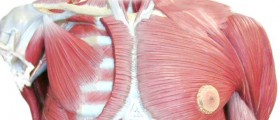
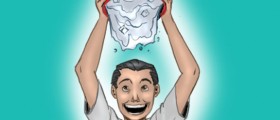






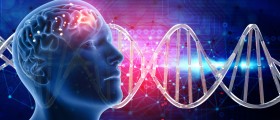

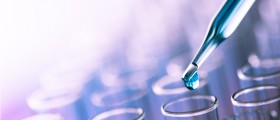

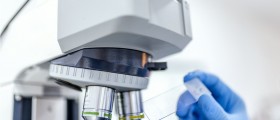

Your thoughts on this
Loading...